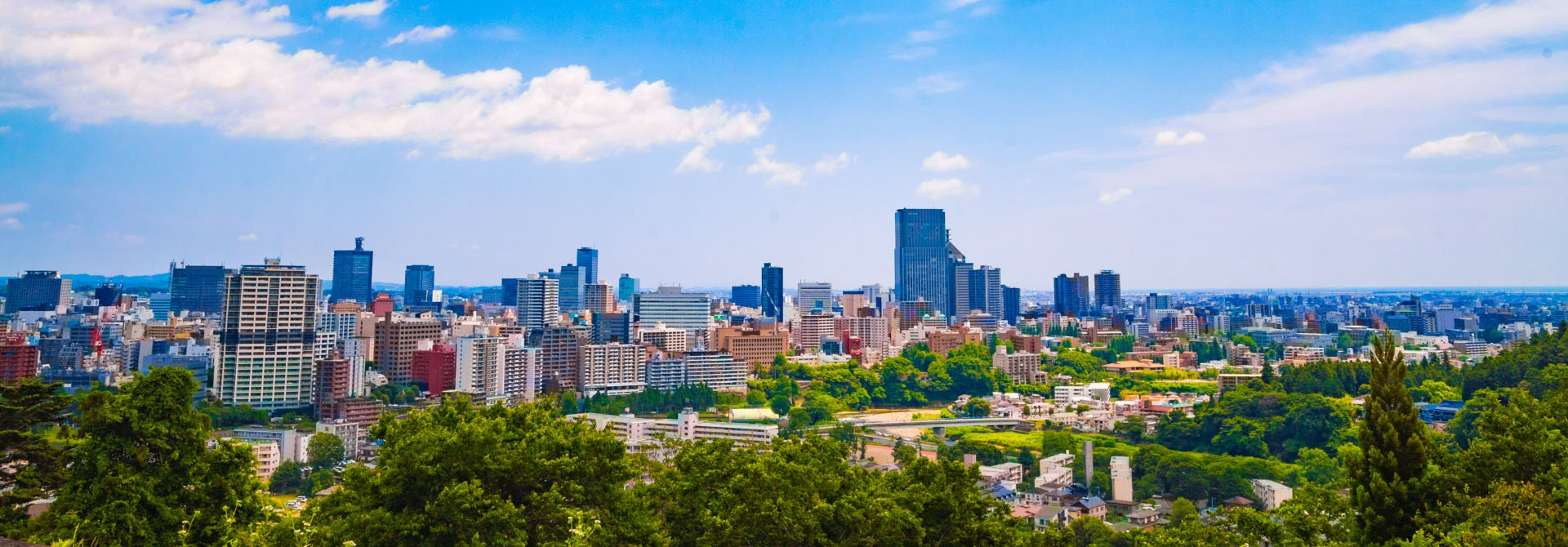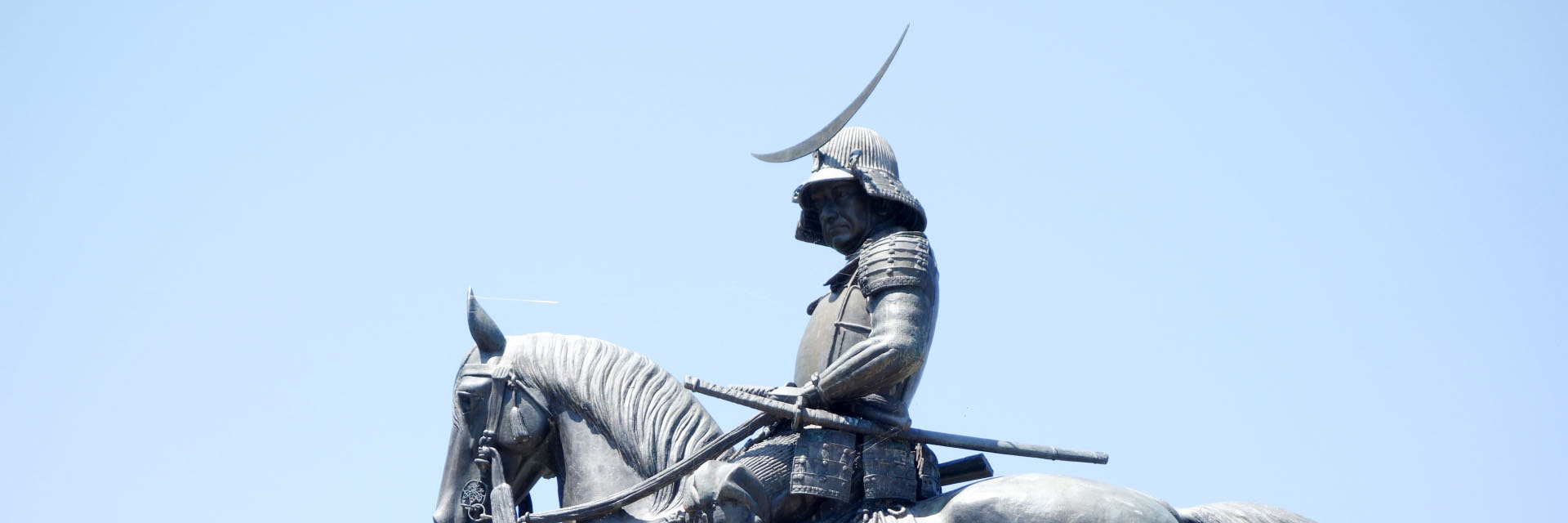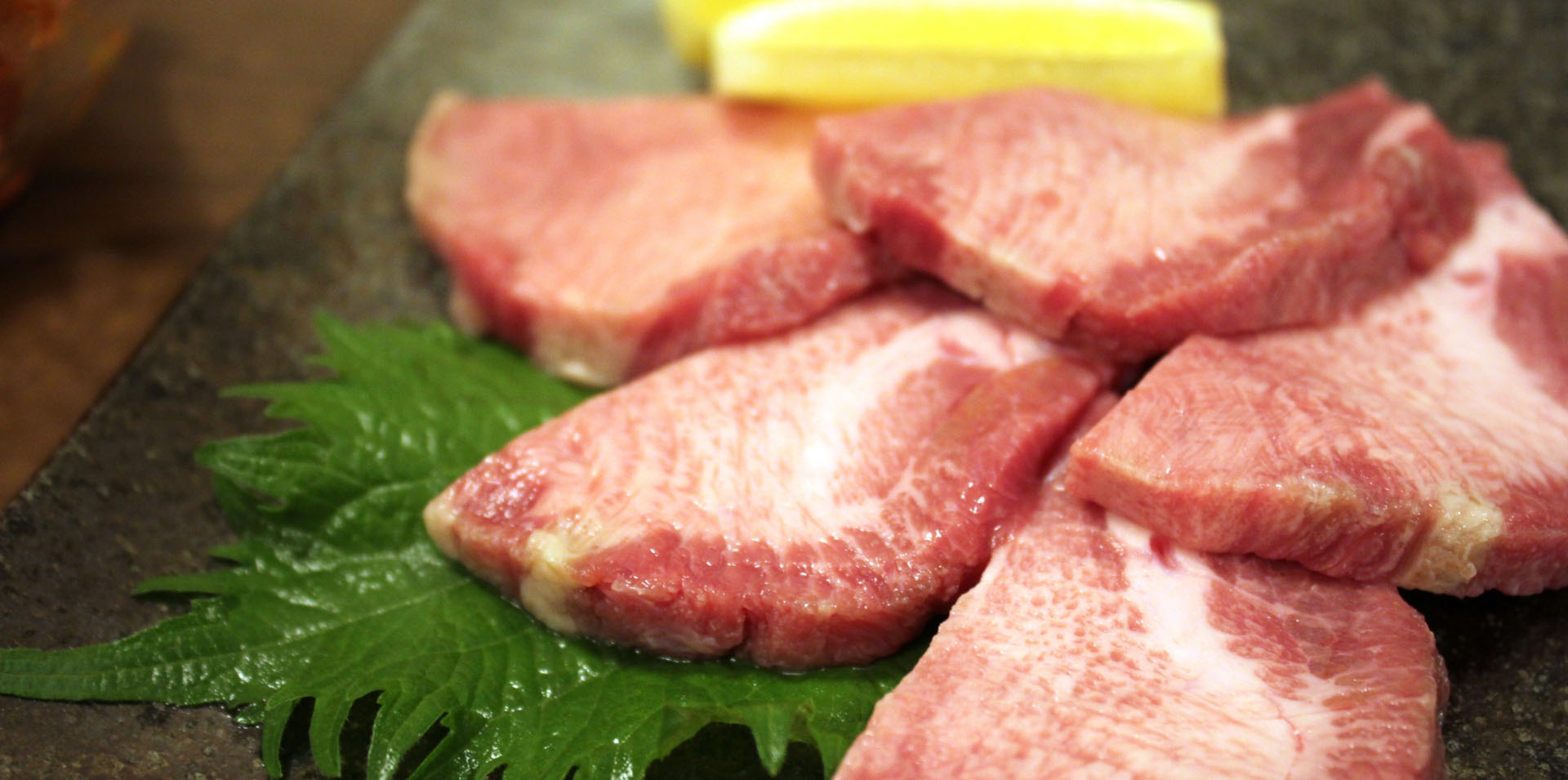




The City of Sendai blends an abundance of nature and the remnants of an historic castle town with the vibrancy of a large city, and is known as 'The City of Trees'.

Lord Date Masamune, the founding head of the local feudal clan ordered the construction of Sendai Castle, also known as Aoba Castle, in 1601. Not long after that, Tsunenaga Hasekura was dispatched to Europe on a learning expedition, Ishinomaki Port was opened, and other large business ventures were developed. The castle town flourished. Lord Date Masamune was largely influenced by the somber splendor of the Momoyama Culture of the 1500's such as opulent interiors and architecture.

Another charm of Sendai is the beauty of the changing seasons which will captivate you any time of year. The Hirose River flows through the center of the city and its banks are still abundant with nature. The stunning cityscape of zelkova trees lining the streets, the symbol of the City of Trees, changing with the seasons will soothe the hearts of those who visit.

Sendai is an amazing city where various events are held throughout the year. Sendai Aoba Festival is held in spring and features a parade of warriors and decorated floats as well as Sparrow Dance performances around the city center. In summer, one of the Tohoku (northeast) region three major festivals, Sendai Tanabata Festival, is celebrated and the city center is adorned with colorful Tanabata decorations.

Sendai has been known as a rice growing district since ancient times and is the Tohoku (northeast) region premier gourmet center.The city is now famous nationwide for its grilled ox tongue cuisine, and the city is dotted with numerous restaurants where you can enjoy the taste of the local gourmet. In addition, you can experience a variety of fresh seafood throughout the seasons from the neighboring nationwide famous fishing harbors of Shiogama and Ishinomaki. 'Sendaizukedon' is a recommended dish of various seafood on a bed of Miyagi rice.
